20 Cheapest Places to Live in the UK

Are you considering a move and searching for one of the cheapest places to live in the UK?
Finding an affordable place to live in the UK can significantly enhance your quality of life, offering a balance between cost and comfort.
However, how do you find out where the cheapest places are?
There’s no need to worry, we have done the research for you.
Below is a list of 20 of the most budget-friendly locations across the UK in 2025, each accompanied by a brief area overview and current property statistics.
Whether you seek peace and tranquillity or enjoy the buzz that only city living can offer, one of these towns or cities is sure to suit.
At the time of publishing the information contained in our article was correct but please bear in mind, statistics change constantly.
1. Barrow-in-Furness, Cumbria
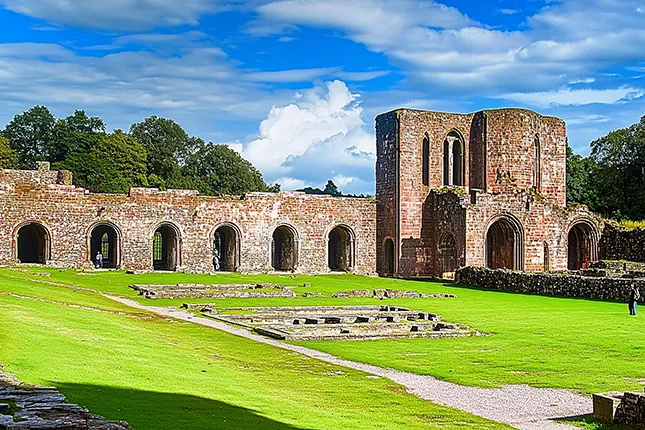
Barrow-in-Furness, Cumbria
Average House: £185,073
Barrow-in-Furness, located in southern Cumbria, is renowned for its rich industrial heritage and proximity to the Lake District.
Surrounded by the Irish Sea and the beautiful Lake District, it boasts affordable housing, a strong sense of community, and access to nature.
While quieter than major cities, Barrow provides a balance of work opportunities, leisure, and outdoor activities, making it a welcoming place to live.
As of February 2025, the average house price here stands at £185,073, with median salaries around £37,962, making it one of the most affordable places to live in the UK.
For those who opt to rent a home, one- and two-bedroom properties dominate the local market, with costs varying between £603-£770 pcm.
2. Durham, Northeast England

Durham, Northeast England
Average House: £202,468
Durham offers a blend of historic charm and modern convenience with its stunning cathedral, thriving university, and affordable living.
The city provides a friendly community, excellent transport links, and scenic riverside walks, making it a welcoming place to settle.
Easy access to the cities of Newcastle and Sunderland for work or leisure is a bonus.
The city’s charm is complemented by its affordability; average house prices are approximately £202,468, with monthly rents starting as low as £450pcm.
While the average monthly salary is £3,411, resulting in a favourable price-to-earnings ratio of 4.
3. Sunderland, Tyne and Wear
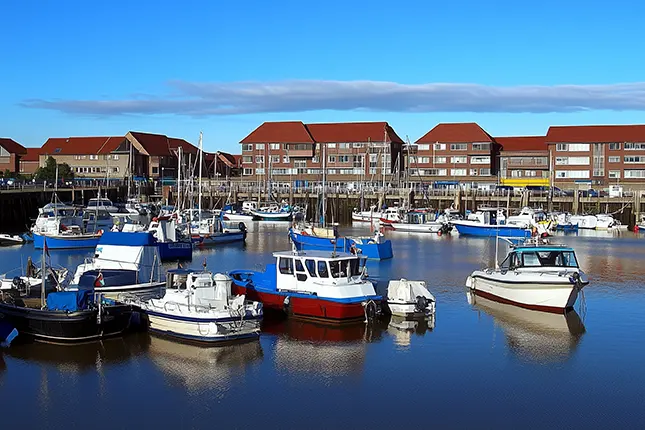
Sunderland, Tyne and Wear
Average House: £174,567
Sunderland combines coastal beauty with city living, offering affordable housing and a vibrant cultural scene.
With excellent transport links, stunning beaches, and a growing economy, it’s appealing to families, students, and professionals alike.
It provides an affordable lifestyle with average house prices at £174,567 and monthly rents around £749pcm.
The average annual salary in Sunderland is approximately £37,600, lower than the UK’s average but with the overall cost of living being less than many areas, a good lifestyle is still achievable.
4. Doncaster, South Yorkshire
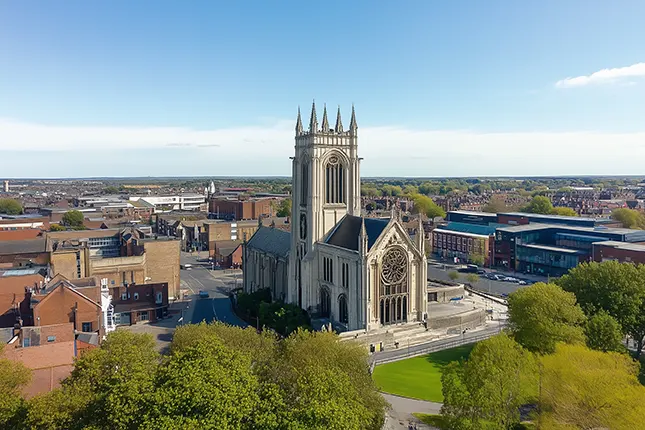
Doncaster, South Yorkshire
Average House: £185,029
Doncaster is a historic market town known for its rich railway heritage and vibrant town centre.
Plus, this town is going places. One of the Largest Regeneration Projects in the UK is Happening in Doncaster right now! The aim is to create a new destination to live, work and play.
The average property price in Doncaster is £185,029, equating to approximately 2.37 times the annual average wage of £67,178. While renters can budget for an average of £720pcm.
Its strategic location offers excellent transport links, making it ideal for commuters heading to Leeds or Sheffield for work.
5. Liverpool, Merseyside
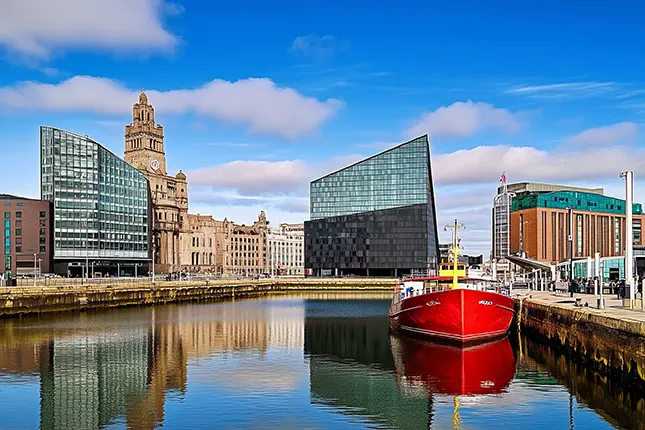
Liverpool, Merseyside
Average House: £212,801,
Famed for its musical legacy, football team, and cultural landmarks, Liverpool offers a vibrant mix of culture and history and is cost-effective.
With its iconic waterfront, lively music scene, and welcoming community, the city boasts excellent transport links, diverse job opportunities, and a rich heritage, making it an exciting place to live.
The city’s diverse economy and vibrant arts scene make it a dynamic place to reside.
Additionally, Liverpool’s seven universities are ranked among some of the best in the world.
Average property prices are around £212,801, with a price-to-earnings ratio of 2.37 based on average annual salaries of £69,000.
Rental homes are also affordable and plentiful, with one—and two-bedroom homes making up three-quarters of the available stock, with an average price between £816 £1094.
6. Bradford, West Yorkshire
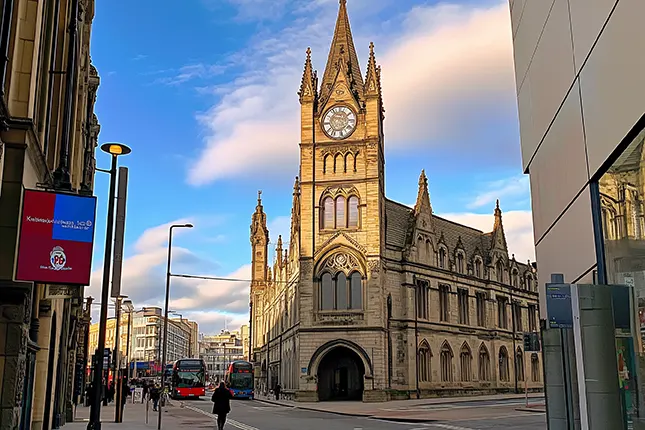
Bradford, West Yorkshire
Average House: £168,527
Bradford’s rich industrial heritage, diverse food scene, and scenic countryside combine to make it a great place to settle.
The city’s ongoing regeneration projects continue to enhance its appeal to new residents.
Add this to the city’s excellent transport links and growing job opportunities, and you have a recipe for an easy lifestyle.
With average property prices at £168,527 and monthly rents around £842, it is one of the UK’s top contenders for being one of the country’s most affordable cities.
7. Stirling, Scotland
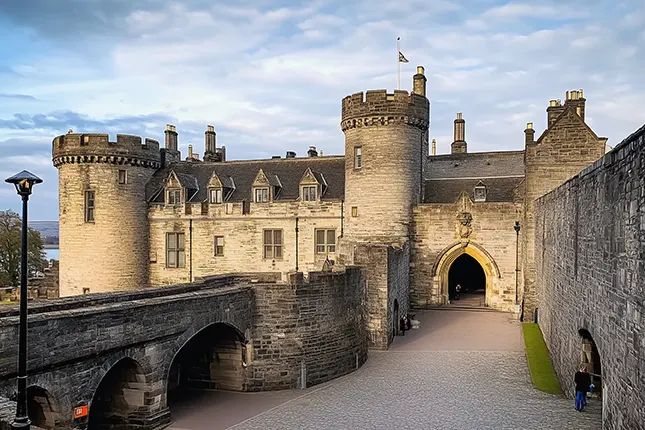
Stirling, Scotland
Average House: £230,789
Nestled in central Scotland, Stirling blends both heritage and convenience, offering stunning castles and wild scenic landscapes.
Placed perfectly between Edinburgh and Glasgow, Stirling provides a gateway to both cities for work and pleasure.
With a low cost of living and a strong education sector, it’s an ideal place for students, families, professionals, history enthusiasts and those who love the outdoors.
For those looking to buy, the average home price is £230,789, significantly lower than Edinburgh’s £336,000.
Combined with monthly rents of approximately £860, Stirling is an excellent choice for those seeking a high quality of life without the hefty price tag.
8. Aberdeen, Scotland

Aberdeen, Scotland
Average House: £183,609
Dubbed the “Granite City,” Aberdeen provides its residents a unique feel. Urban sophistication alongside natural coastal beauty.
Aberdeen’s unique combination of economic vitality and inexpensive living continues to draw many to its vibrant communities.
Despite its robust economy, bolstered by the energy and technology sectors, Aberdeen maintains a cost-effective lifestyle, especially in housing.
The average property price currently stands at £183,609, reflecting a 3% increase from the previous year.
Renters can anticipate an average monthly expense of £838, marking a 6.3% annual rise.
The city’s dynamic cultural landscape, picturesque coastline, and thriving job market make it an appealing destination for all types of buyers.
9. Glasgow, Scotland
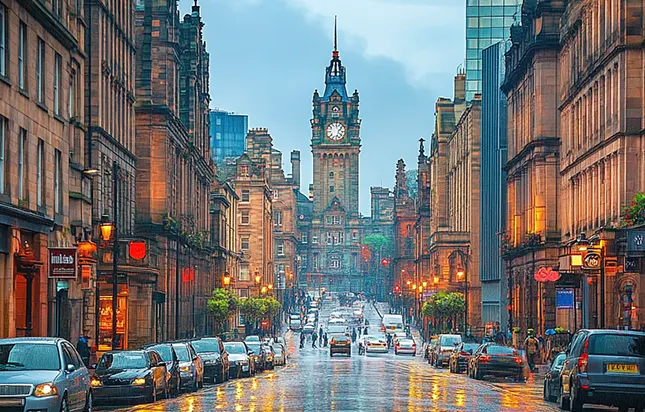
Glasgow, Scotland
Average House: £228,559
As Scotland’s largest metropolis, Glasgow enjoys a bustling cultural centre and offers diverse, low-cost living options for individuals and families.
Glasgow is celebrated for its arts scene, featuring numerous galleries, music venues, and festivals. Nature enthusiasts can enjoy green spaces like Kelvingrove Park and the Glasgow Botanic Gardens.
The average home price is £228,559, a 2% increase from the previous year, yet still more accessible than Edinburgh’s £336,000 average.
Renters face an average monthly cost of £1,199, reflecting the city’s dynamic rental market.
The city’s cost of living remains below that of many other major UK cities, offering urban amenities without the associated high costs.
A strong sense of community and local initiatives contribute to a high quality of life at an affordable price.
Glasgow’s reputation for being welcoming, inclusive, and budget-friendly enhances its appeal as a desirable place to reside
10. Hull, East Yorkshire
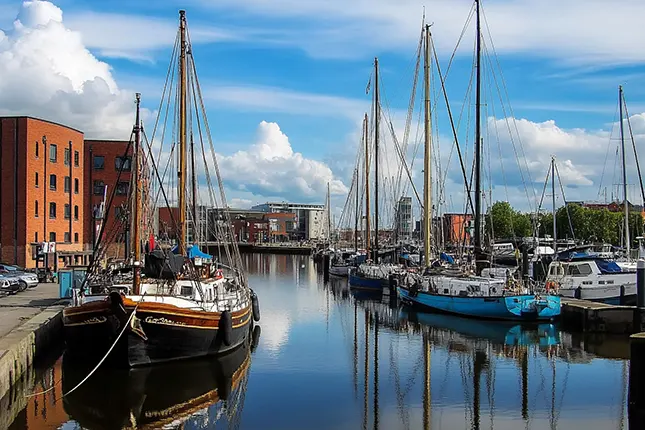
Hull, East Yorkshire
Average House: £162,200
This Yorkshire city, also referred to as Kingston upon Hull, sits at the confluence of two rivers, the Hull and Humber.
Hull is a port city with a rich maritime history, and recent cultural investments have enhanced its appeal and popularity.
Offering economical value for those seeking a budget friendly home and lifestyle, Hull manages to tick plenty of boxes.
The average rent is approximately £732pcm, while the property market sees the average home costing around £162,200.
11. Dundee, Scotland
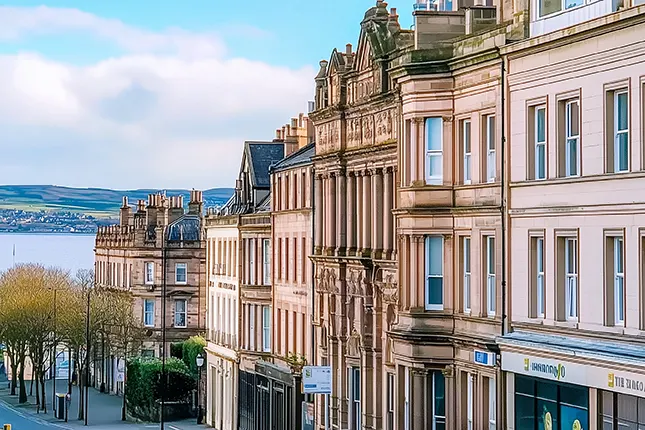
Dundee, Scotland
Average House: £175,000
Dundee is well known in the region for its burgeoning tech industry and cultural renaissance
Located on Scotland’s east coast and alongside the banks of the river Tay Dundee is surrounded by stunning countryside alongside a wallet friendly cost of living.
It also receives the most sunshine out of all Scottish cities. These attributes have not gone unnoticed by prospective buyers!
With two universities and only 150,000 residents, Dundee has a large student community and, as a result, a very active rental market.
The cities average house price is £175,000 (up by 2%) over the last 12 months while the average monthly rent sits at around £877pcm.
12. Lisburn, Northern Ireland
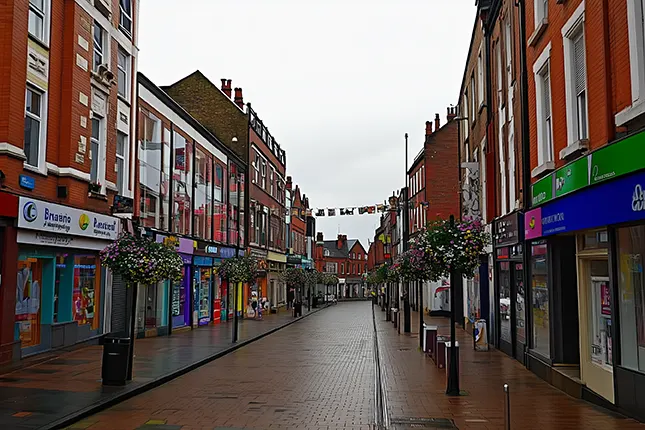
Lisburn, Northern Ireland
Average House: £90,000
Lisburn, situated southwest of Belfast, offers a blend of charm and convenience.
Boasting a rich history dating back to the 17th Century, the city certainly provides an attractive backdrop for its residents.
Comprehensive transport links ensure that other towns and cities in the region are easily reached.
The city’s local property market provides a variety of housing options, from modern flats to traditional homes.
This variety ensures that something is available to suit a broad range of needs.
In Lisburn, three bedroomed homes are available for the remarkable cost of £90,000 with monthly rents approximately £927pcm.
13. Salford, Greater Manchester
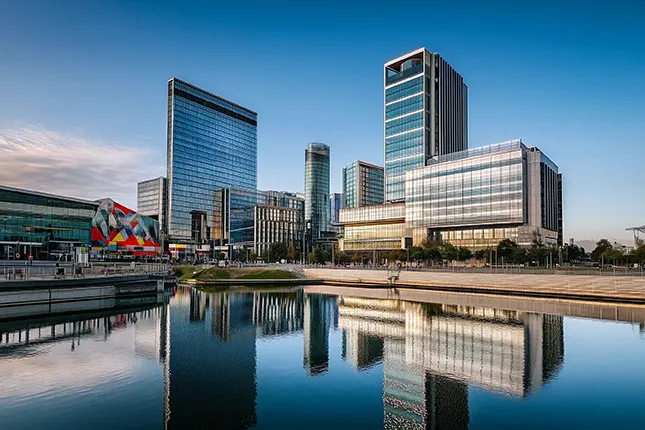
Salford, Greater Manchester
Average House: £232,073
Salford is part of the Greater Manchester urban area and, like so many locations, has undergone significant regeneration in recent years, particularly around MediaCityUK.
It has always been a popular city and continues to be so.
It is home to some iconic landmarks, including the Salford Quays, a major tourist attraction.
Salford boasts a thriving economy, home to numerous businesses, including the Co-operative Group, which has its headquarters in the city.
Its vibrant cultural scene and employment opportunities make it an attractive place to live.
Salford offers its residents an average property price of £232,073, while the average rental per month is £1,612.
14. Burnley, Lancashire
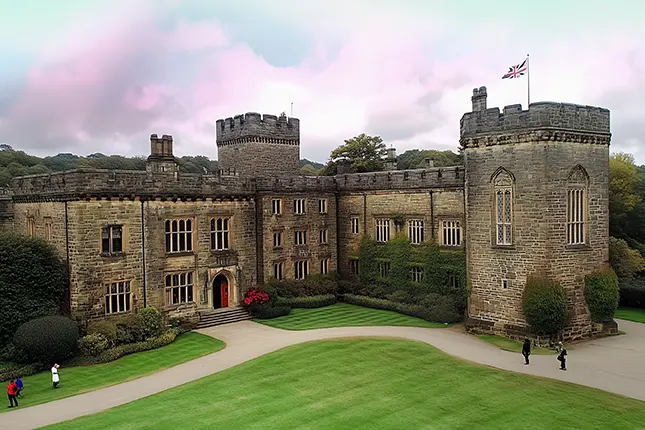
Burnley, Lancashire
Average House: £139,203
Nestled in the heart of Lancashire, Burnley offers a unique mix of affordability, community spirit, and easy access to major cities like Manchester and Leeds, making it an excellent choice for commuters.
While it has a peaceful, small-town feel, Burnley is far from isolated.
Regular transport links and road networks keep residents well-connected.
For homebuyers, Burnley is one of the most competitively priced places to live in the UK.
Properties can be snapped up for as little as £35,000 for a cash purchase, while the average home price sits at £139,203.
Renting is also cost-effective, with the average monthly rent at £735, though even lower-priced options can be found.
15. Hartlepool, County Durham
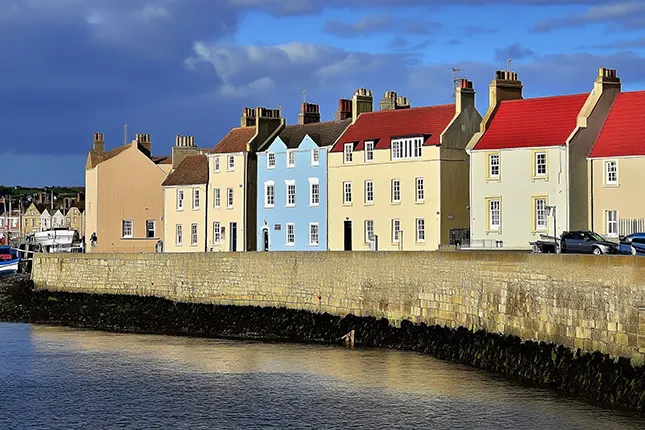
Hartlepool, County Durham
Average House: £139,000
Hartlepool’s rich maritime heritage and stunning coastal vistas make it an attractive destination, but its remarkably affordable cost of living truly sets it apart.
As of November 2024, the average house price in Hartlepool stands at £139,000.
This figure reflects a modest 2% decrease from the previous year
This figure is also significantly lower than the national average, positioning Hartlepool as an ideal locale for prospective homeowners seeking value without compromise.
For those leaning towards the rental market, Hartlepool offers some of the most budget-friendly options in the UK The average monthly rent is currently £535.
The town’s enviable coastal location provides beautiful beaches and ample opportunities for outdoor activities, enhancing the quality of life without the associated high costs.
It is a compelling choice for those prioritising affordability without sacrificing quality of life.
16. Middlesbrough, North Yorkshire

Middlesbrough, North Yorkshire
Average House: £156,374
Middlesbrough is a large North Yorkshire town on the southern banks of the River Tees.
It is an inviting, amenable, and well-situated location that appeals to various buyers.
The overall cost of living in Middlesbrough is refreshingly low.
The average property price in Middlesbrough is £156,374, offering prospective homeowners a cost-effective opportunity, earning it a well-deserved spot in the top 20!
Beyond housing, everyday expenses such as groceries, utilities, and local amenities are budget-friendly, allowing residents to enjoy a comfortable lifestyle without financial strain
Middlesbrough offers economical options for renters, with an average monthly rent of £662, making it an appealing option for tenants.
17. Blackpool, Lancashire
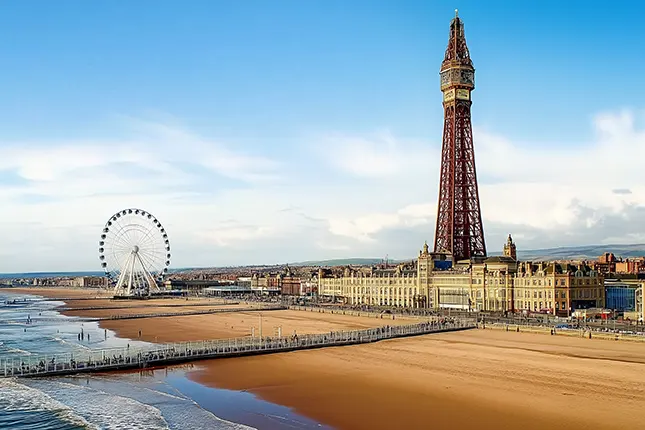
Blackpool, Lancashire
Average House: £148,378
Not just a cheap place to live, Blackpool is renowned for its lively entertainment and cultural attractions.
The iconic Pleasure Beach amusement park offers thrilling experiences for all ages, while the Grundy Art Gallery provides a rich cultural touchpoint.
Additionally, Blackpool’s proximity to the Lake District offers residents easy access to natural beauty and outdoor activities.
The cost of living remains manageable, with affordable dining options and diverse entertainment venues ensuring that residents can enjoy a fulfilling lifestyle without financial strain.
Buying a home in the town is incredibly easy on the finances as the average cost to own a home here is just £148,378.
Prefer to rent a property? Good news here too as the average cost to rent a home is around £666 pcm.
For anyone seeking an affordable lifestyle by the sea Blackpool could be the spot.
18. Grimsby, Lincolnshire
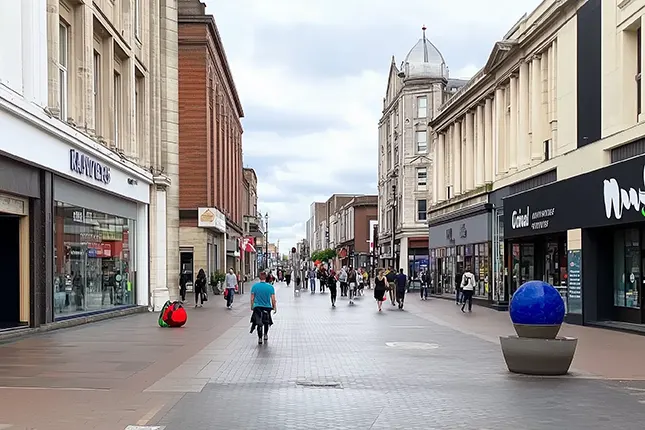
Grimsby, Lincolnshire
Average House: £144,000
Grimsby has undergone a remarkable transformation, shedding its past reputation to emerge as a well-priced coastal destination.
The town is also amid significant regeneration projects aimed at revitalising its urban landscape.
Notably, the Freshney Place leisure scheme, approved in early 2025, is set to introduce a new five-screen cinema, a vibrant food hall, and a complementary market space, enhancing the town’s cultural and recreational offerings
The average house price in Northeast Lincolnshire, encompassing Grimsby, stands at £144,000, unbelievably low with auction homes starting at £15,000!
Grimsby’s blend of affordable living, rich cultural heritage, and proactive regeneration efforts make it a standout choice for individuals and families looking to enjoy a high quality of life by the sea.
19. Coventry, West Midlands
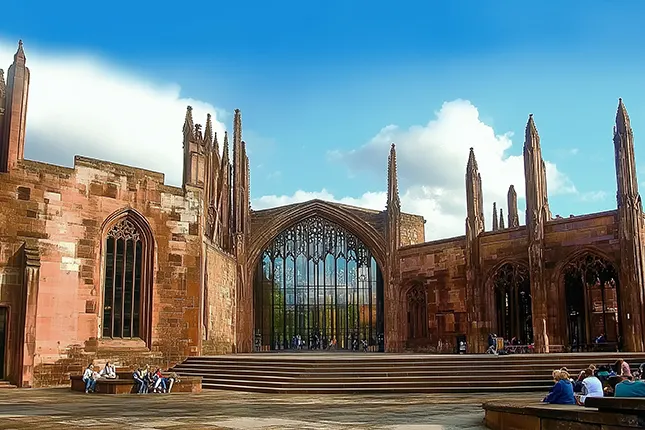
Coventry, West Midlands
Average House: £239,611
Homeownership in Coventry accessible and homes sell for an average of £239,611.
If you are searching for a real bargain, the local property market boasts homes for sale needing some renovation work from £40,000.
Alternatively, if a rental property is what you are after, the average cost to rent is £1187pcm, still competitive compared to other major UK cities.
Coventry’s rich cultural scene is exemplified by its designation as the UK City of Culture in 2021, which has spurred significant regeneration projects.
Notable developments include the £700 million Friargate project, the £450 million City Centre South initiative, and the £150 million City Centre Cultural Gateway, collectively enhancing the city’s infrastructure and cultural landscape.
The city’s diverse population is also bolstered by institutions like Coventry University and the University of Warwick, contributes to a vibrant community.
Efficient transport links, affordable living costs, and a variety of amenities make Coventry an appealing choice for individuals and families seeking a balanced lifestyle.
20. Nottingham, Nottinghamshire
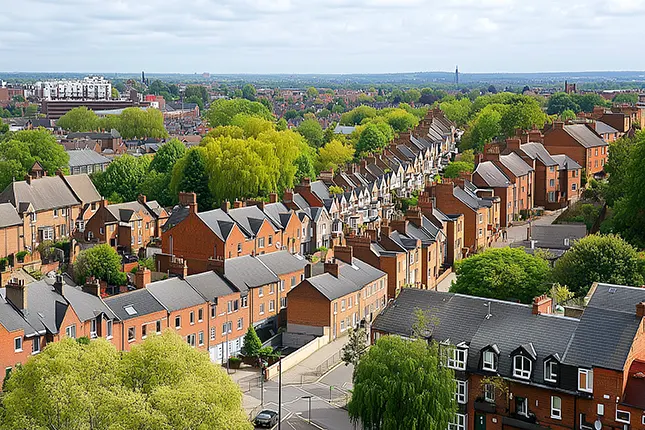
Nottingham, Nottinghamshire
Average House: £259,151
Nottingham’s robust economy, driven by a diverse range of industries, offers ample employment opportunities.
The presence of esteemed educational institutions, such as the University of Nottingham and Nottingham Trent University, infuses the city with youthful energy and innovation.
The local housing market is both robust and dynamic with thousands of homes for sale currently.
The average house price is £259,151 positioning it as an affordable option for homebuyers.
Renters will find the city accommodating, with average monthly rents at £1100 though cheaper options are available.
Nottingham’s efficient public transport system, including an extensive tram network, ensures seamless connectivity.
The city’s commitment to cultural and economic development, combined with its affordable living costs, makes it an attractive destination for those seeking a dynamic yet budget-friendly urban experience.
Affordable Living Starts with a Smooth Move – We Can Help

We hope our guide to the cheapest places to live in the UK helps you find the perfect location to suit your lifestyle and budget.
Moving to a more affordable area can open new opportunities, reduce financial stress, and improve your overall quality of life.
And when it comes to making that move seamless, White & Company Removals is here to help.
With over 150 years of expertise, we specialise in stress-free relocations, handling everything from expert packing and secure transportation to flexible storage solutions and in-transit insurance.
Our tailored removals services ensure your move is smooth, efficient, and customised to your needs so you can focus on settling into your new home with ease.
Get in touch today—call us, fill out a quick quote form, or chat with our online bot to see how we can make your move effortless. We are here for you!
FAQ’s
Is Living in the Countryside Cheaper Than the City?
Yes, in most cases, rural living is more affordable than city life. You typically get more property for your money, often with larger homes and access to stunning open landscapes.
However, while the peace and space of the countryside are appealing, you may find that essential amenities, shops, and public transport are less accessible, requiring longer travel times.
Do Cheaper Areas Have Higher Crime Rates?
Not necessarily. Safety isn’t determined solely by house prices or the cost of living. Many affordable locations have strong, community-led safety initiatives and low crime rates.
To assess an area’s security:
Talk to locals and ask about their experiences.
Check for Neighbourhood Watch schemes or community safety programs.
Review crime statistics on sites like UK Police Data, CrimeRate, or CheckMyStreet.
A bit of research before moving can ensure you choose a safe and welcoming community.
Does Affordable Housing Mean Lower-Quality Schools?
No, affordable areas can still offer excellent education. Many regions with lower property prices have outstanding schools, thriving college programs, and even prestigious universities.
For example, Durham is home to a world-class university, while many towns across the UK boast high-performing primary and secondary schools. The quality of education often depends on school leadership, community involvement, and funding rather than property prices.
To assess schools in your chosen area:
- Check Ofsted reports for independent school ratings.
- Visit schools to meet teachers and tour the facilities.
- Speak to local parents for firsthand insights.
Doing your homework ensures your children receive the best education, no matter the cost of living in the area.
What other ways can I Find Affordable Housing?
Finding a budget-friendly home is easier with the right resources: Use online platforms like Rightmove and Zoopla to browse listings.
Connect with local estate agents—they often know about properties before they hit the market.
Visit agents in person to get access to exclusive listings and upcoming opportunities.
Building a relationship with estate agents gives you an advantage, as they can notify you of new properties before they’re widely advertised, helping you secure the perfect home faster.
What Are the Hidden Costs of Moving Home?
Many people focus on the house price but forget about extra expenses you are likely to incur. Here is a list of additional costs you may not have thought of:
- Stamp duty (if applicable)
- Legal and conveyancing fees
- Mortgage arrangement fees
- Survey costs
- Removal company fees
- Storage fees (if there’s a gap between moving out and in)
- Council tax changes
- Utility setup costs
Knowing these in advance helps avoid unexpected financial surprises.
Is It Cheaper to Rent or Buy a Home in the UK?
This depends on location, personal finances, and market trends. In general:
Renting requires less upfront cost (deposit, fees) but monthly payments don’t build equity.
Buying involves larger initial costs (deposit, legal fees, mortgage) but can be more cost-effective long-term if property values increase.
Using a mortgage vs rent calculator can help you determine which is the better financial option for your situation.
How Much Should I Budget for Moving Costs?
Moving costs vary, but a typical house move in the UK can range from £500 to £2,500+, depending on factors like:
- Distance of the move
- Size of your property (more belongings = higher removal costs)
- Professional packing services
- Storage requirements
Getting multiple quotes from removal companies like White & Company ensures you get the best deal.

Max is a seasoned writer and blogger in the real estate and home moving sectors, as well as a knowledgeable source of information for expatriates living and working abroad. His detailed insights have helped thousands of people move and live abroad with greater simplicity and ease.
Posted in: News
Leave a Comment (0) ↓


